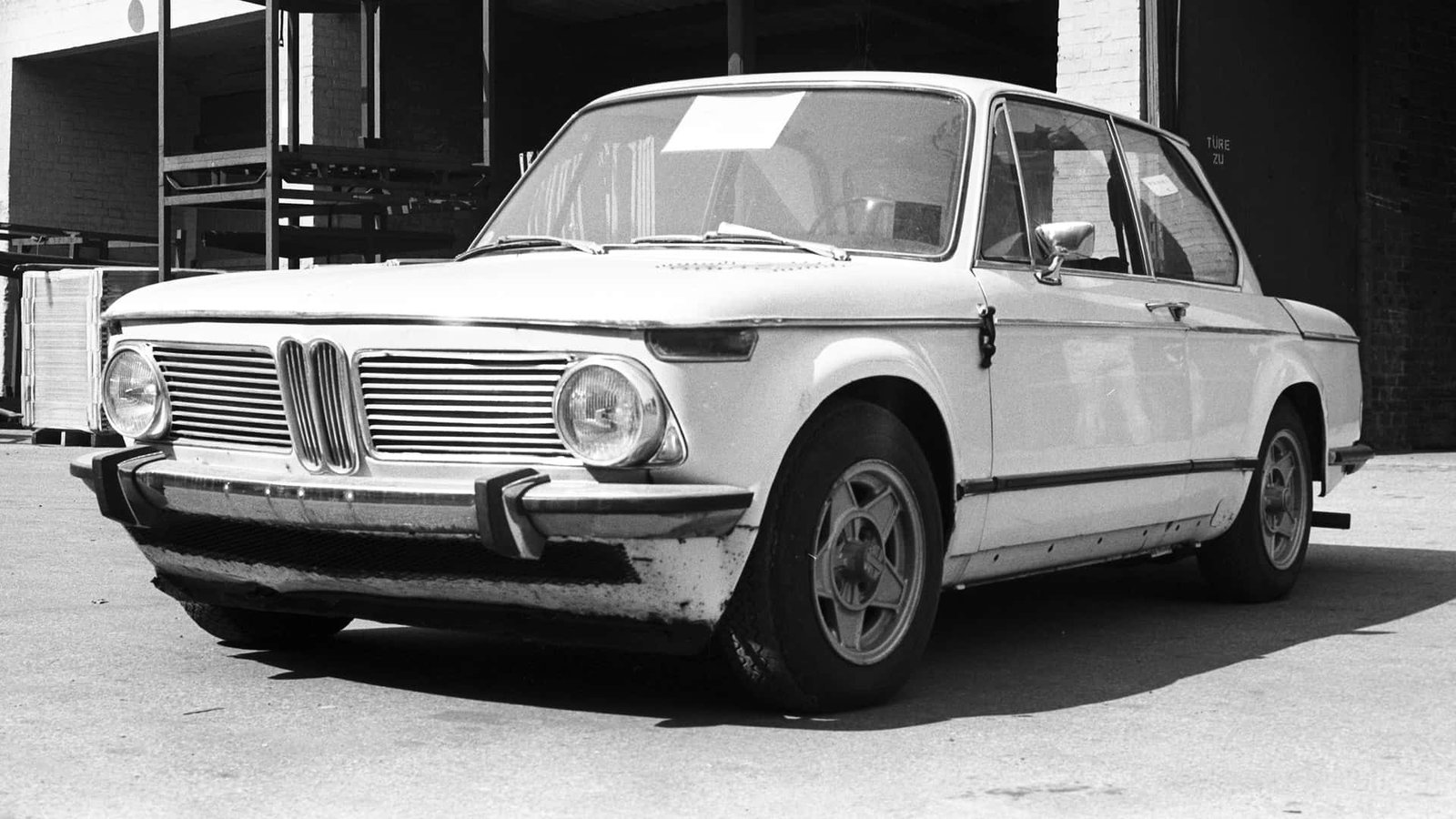Automakers go to great lengths to conceal the appearance of their future products and keep prying eyes from uncovering design details. Over the decades, this has evolved into a fascinating art of deception. From masking tape and cardboard to vinyl sheets and black panels, companies have steadily refined the formula for making the lives of car paparazzi harder.
In the early stages of testing, carmakers use test mules that typically don’t have their final body panels. These vehicles are usually a mishmash of parts from existing models combined with new components developed for the upcoming product. While test mules generally use bodies from the same automaker, that hasn’t always been the case.
That brings us to these images. It’s a BMW 2002, right? That’s what Porsche wanted you to believe half a century ago. Well, if you were around in the early 1970s. Zuffenhausen had the ingenious idea of cloaking the 924 by using a body borrowed from a different car, one with no connection to the Volkswagen Group.
Because the 924 was Porsche’s first front-engined car, there was no preceding model from which they could borrow the silhouette to disguise the prototype. So, Zuffenhausen acquired not only a BMW 2002 but also a first-generation Opel Manta to serve as test mules for what was internally known as the “EA425.”
Photo by: Porsche AG
The 924 itself was a hodgepodge of VW and Audi components when it debuted in 1976 as a replacement for the 914. Porsche’s entry-level car was assembled by Audi in Neckarsulm and came to life only after VW canceled its own version, opting instead to pursue the Golf-based, front-wheel-drive Scirocco. The water-cooled, 2.0-liter four-pot engine was sourced from the Audi 100, and it wasn’t until a decade after launch that the 924 S arrived with a true Porsche engine: the 2.5-liter inline-four from the 944.
Test mules with borrowed bodies are still around in 2025. Not long ago, Ferrari was spotted hiding its first EV under the shell of a Maserati Levante, complete with hilariously fake quad exhausts. You’ve probably also seen SUV test mules with a raised body, based on the hatchback they’re derived from.

4
Source: Porsche AG
Porsche, meanwhile, continues to employ clever camouflage techniques by using stickers that mimic older headlights and taillights. Most of their prototypes are black and come with extra layers of body-colored wrap to deceive the untrained eye. They even fitted exhaust tips to early Taycan prototypes to make people think it was just a gas-fueled Panamera.
Car spy shots are older than you might think. It’s actually a tradition dating back to the 1950s. German automotive journalists Heinz-Ulrich Wieselmann and Werner Oswald pioneered the practice when they published images of an unreleased model in Auto, Motor und Sport. As you can imagine, automakers weren’t exactly thrilled to see their future products exposed to the world. Ever since, car companies have been perfecting the art of hiding their work-in-progress models.
